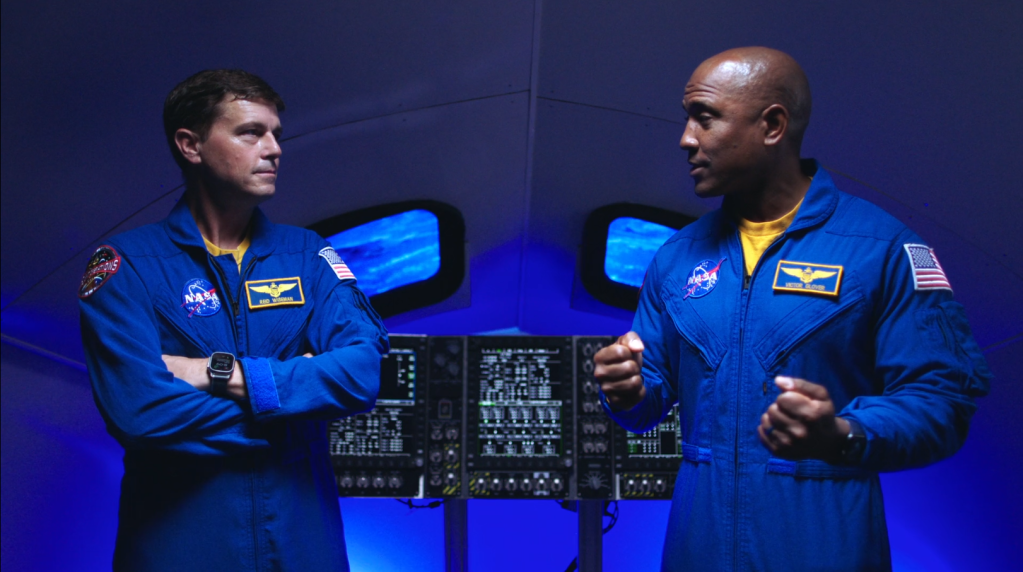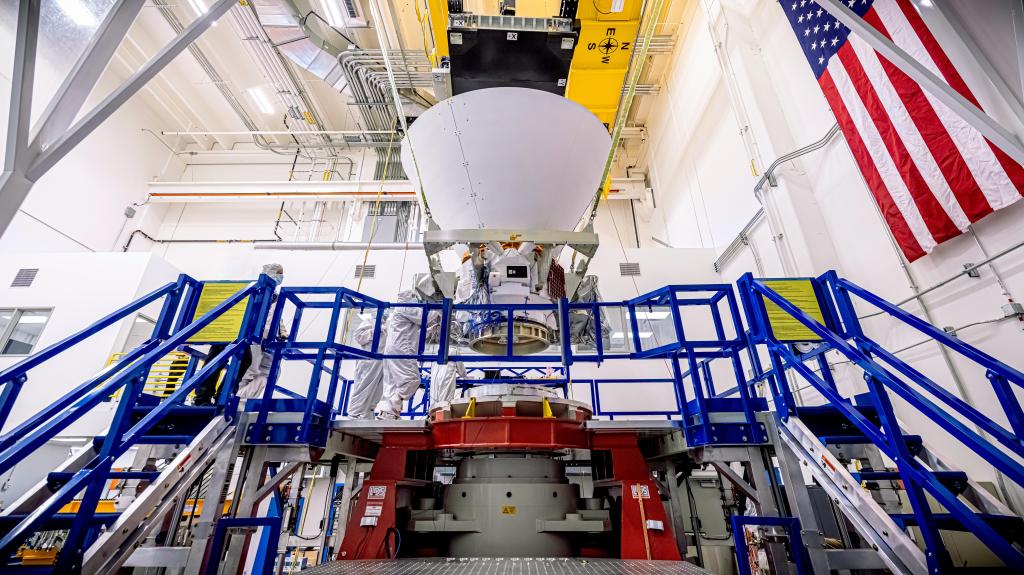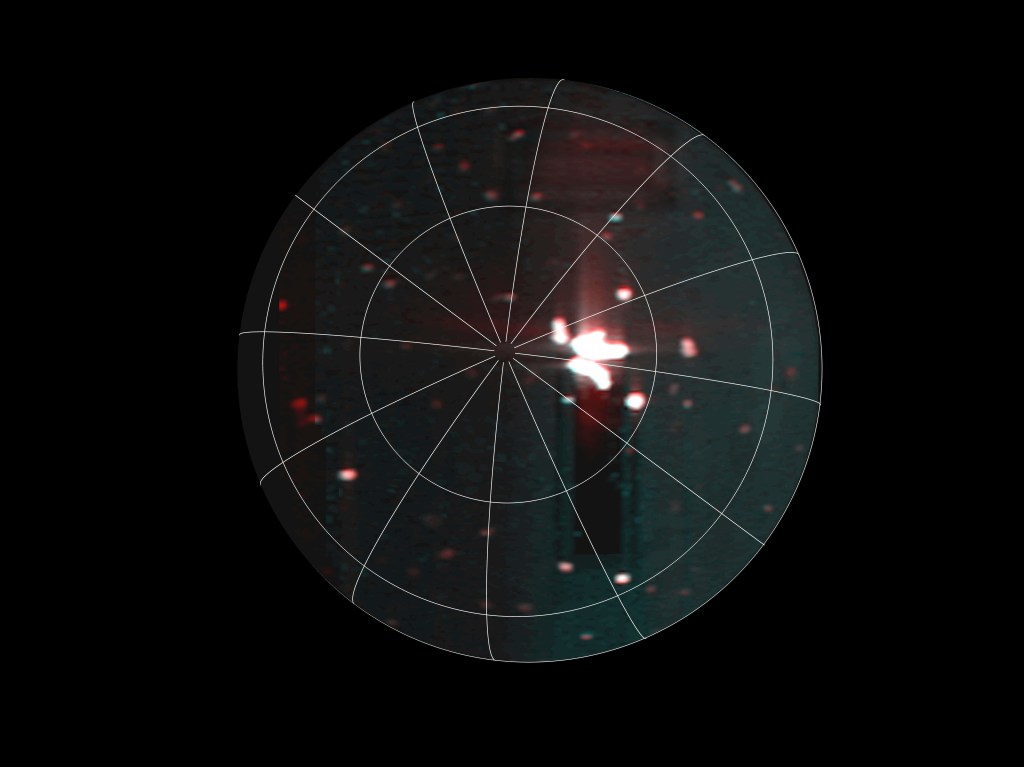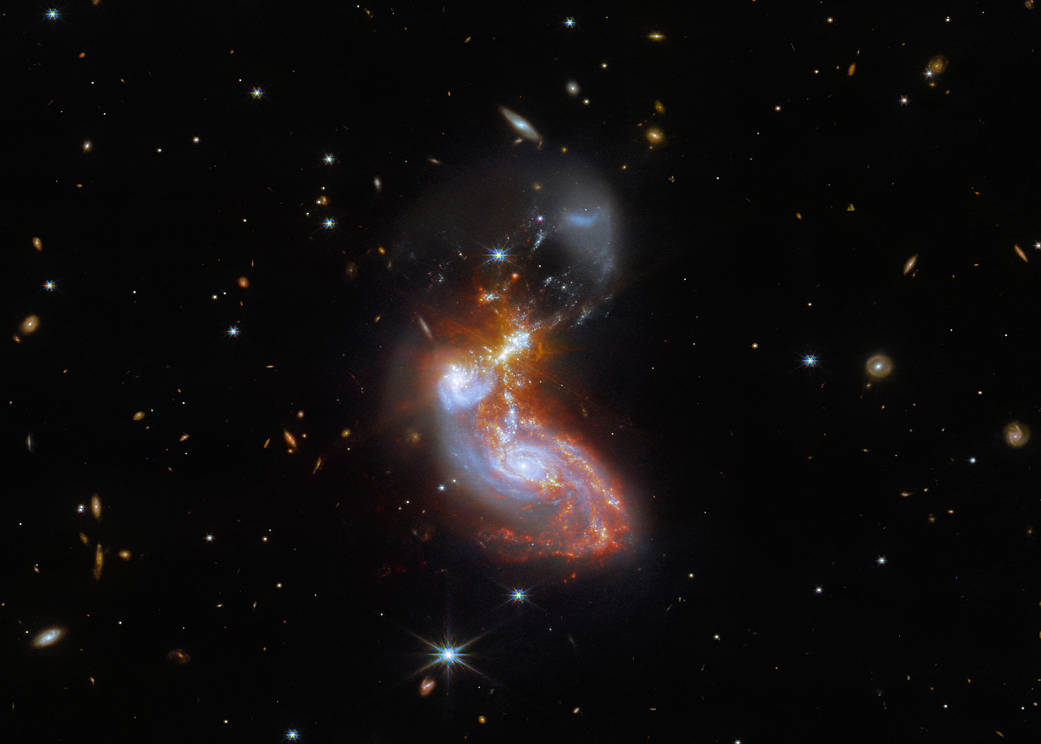A merging galaxy pair cavort in this image captured by the James Webb Space Telescope, an international mission led by NASA with its partners ESA (European Space Agency) and CSA (Canadian Space Agency). This new Webb image of a pair of galaxies, known to astronomers as II ZW 96, was first previewed for Vice President Kamala Harris and French President Emmanuel Macron during a visit to NASA Headquarters in Washington Wednesday, Nov. 30. Vice President Harris and President Macron also previewed a new composite image of the Pillars of Creation from Webb.
II ZW 96 is roughly 500 million light-years from Earth and lies in the constellation Delphinus, close to the celestial equator. As well as the wild swirl of the merging galaxies, a menagerie of background galaxies are dotted throughout the image.
The two galaxies are in the process of merging and as a result have a chaotic, disturbed shape. The bright cores of the two galaxies are connected by bright tendrils of star-forming regions, and the spiral arms of the lower galaxy have been twisted out of shape by the gravitational perturbation of the galaxy merger. It is these star-forming regions that made II ZW 96 such a tempting target for Webb; the galaxy pair is particularly bright at infrared wavelengths thanks to the presence of the star formation.
This observation is from a collection of Webb measurements delving into the details of galactic evolution, in particular in nearby Luminous Infrared Galaxies such as II ZW 96. These galaxies, as the name suggests, are particularly bright at infrared wavelengths, with luminosities more than 100 billion times that of the Sun. An international team of astronomers proposed a study of complex galactic ecosystems – including the merging galaxies in II ZW 96 – to put Webb through its paces soon after the telescope was commissioned. Their chosen targets have already been observed with ground-based telescopes and the Hubble Space Telescope, which will provide astronomers with insights into Webb’s ability to unravel the details of complex galactic environments.
Webb captured this merging galaxy pair with a pair of its cutting-edge instruments: NIRCam – the Near-Infrared Camera – and MIRI, the Mid-Infrared Instrument. Learn more and explore the differences between Hubble and Webb’s observations of II ZW 96 here.
The James Webb Space Telescope is the world’s premier space science observatory. Webb will solve mysteries in our solar system, look beyond to distant worlds around other stars, and probe the mysterious structures and origins of our universe and our place in it. Webb is an international program led by NASA with its partners, ESA (European Space Agency) and CSA (Canadian Space Agency).
NIRCam was built by a team at the University of Arizona and Lockheed Martin’s Advanced Technology Center.
MIRI was contributed by ESA and NASA, with the instrument designed and built by a consortium of nationally funded European Institutes (The MIRI European Consortium) in partnership with JPL and the University of Arizona.
Media Contacts:
Alise Fisher
Headquarters, Washington
alise.m.fisher@nasa.gov
Rob Gutro
Goddard Space Flight Center, Greenbelt, Md.
robert.j.gutro@nasa.gov


























